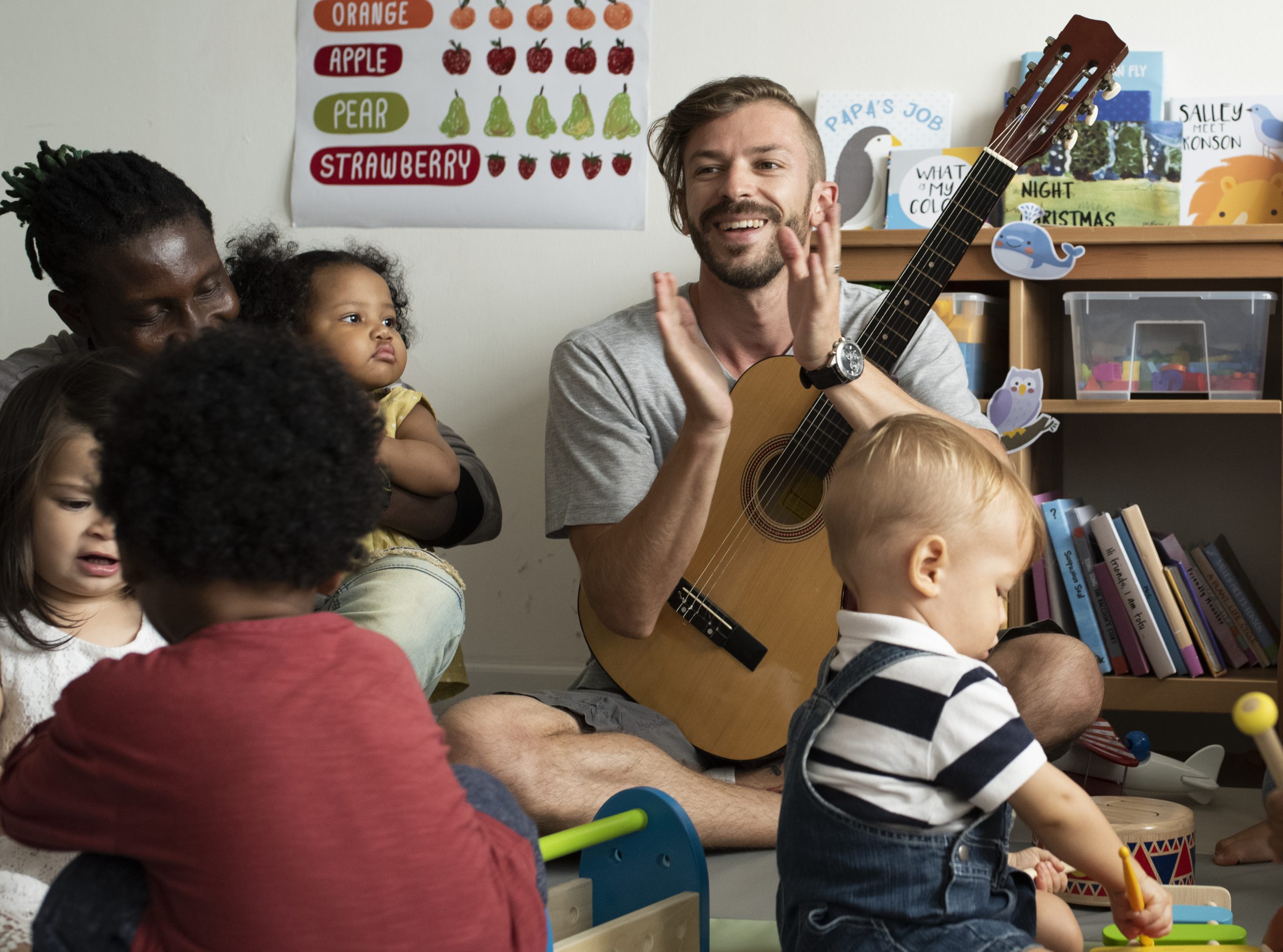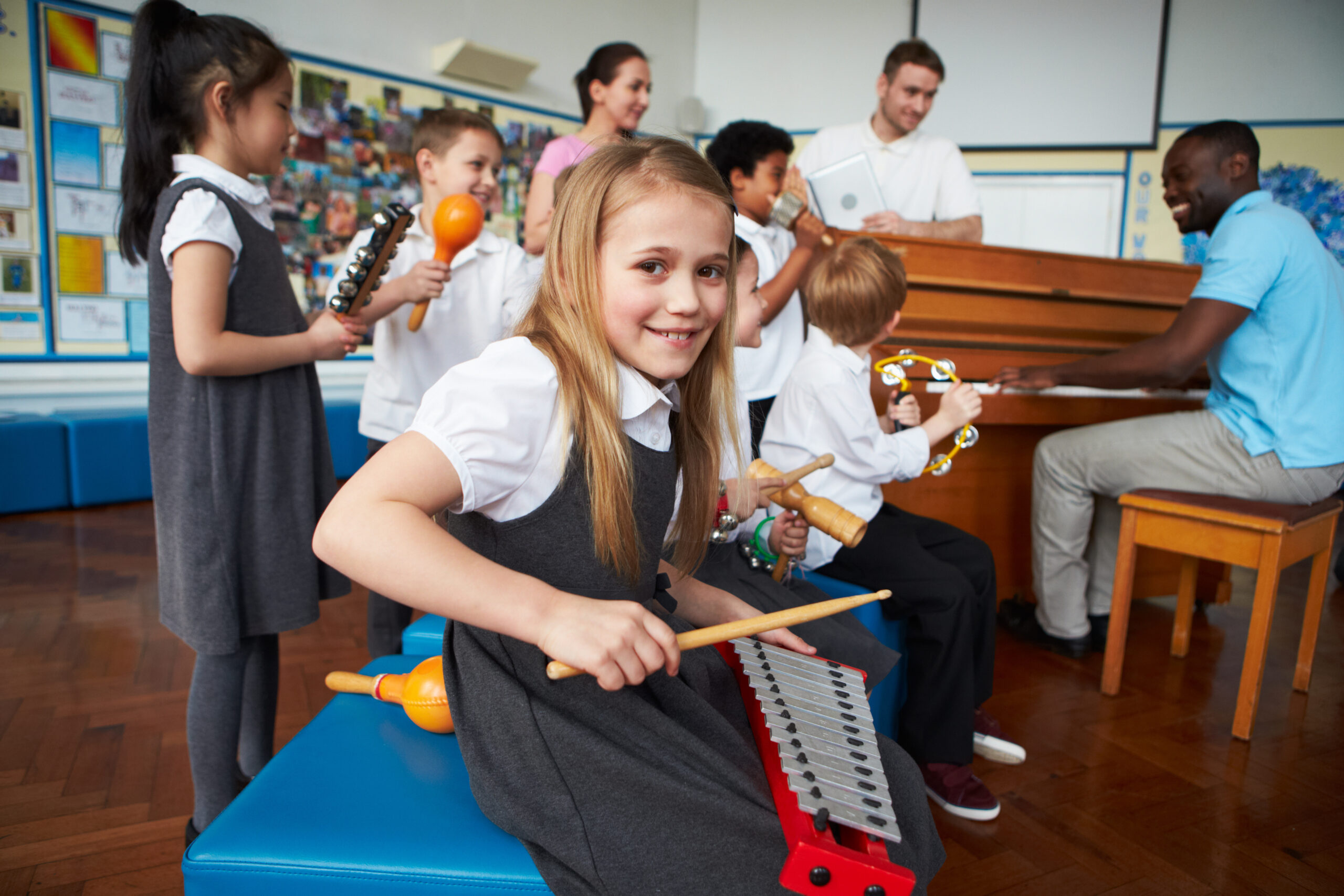
Mix talked to Ann Debaillie, vocal coach, educational coordinator at the Haspengouw Academy and lector at the Teacher Training Campus. She is familiar with pop and jazz and has a heart for the searching musician.
Her ambition? To inspire musicians – on stage and in the classroom.
In your practice, which aspect of diversity do you most relate to?
Ann: Due to the new approach to music education and the implementation of new educational standards in Flanders since September 2018, there is now a much more pronounced focus in all academies on the development of each pupil’s individual profile. Nowadays we work with the unique talents of each pupil stronger than before. In other words, we take much more into account the potential for growth as well as the individual learning needs of each pupil. In this manner, the dimensions of talent and age are pillars of diversity that are currently very important to me. Addressing and responding to age-related perspectives is essential to me. No matter how young or old the student is, engaging is what it’s all about. Touching someone in their essence, searching for their fascination and triggering emotions or enjoyment, is generally my first approach.
What does ‘music education for all ages’ mean to you?
Ann: As a teacher, I mainly focus on the zone of proximal development. You can only learn if you have a point of connection. This could be playing, but it often differs for adolescents. What is considered important by the peers usually comes to the forefront.
By starting with what happens naturally for the child, the adolescent but also for the adult, the essential point of connection is emphasized. In this way, ‘playing’ can also be approached in a broader and more extended way, in terms of ‘experiencing’.
Are there any opportunities to reduce the barrier to participation?
Ann: I started Muzylab at the popacademie (part of Academie Haspengouw). In this project, I work with adolescents and I always approach the musical and cultural aspects of their social environment as a starting point. I have a strong feeling that starting from scratch, or with whatever I want to put forward, would be totally counterproductive here. However, the advantage of starting from something they already know, something they are convinced of, and then continuing to build on their competences, is obvious. I don’t have to convince these students; by addressing what fascinates them, they are naturally convinced! The objective is not necessarily the final result or reproduction, but to find their own identity.
How do you manage to generate engagement?
Ann: When music appeals to students, no matter how young they are, it is immediately culturally relevant for the student. That cultural relevance is the key to involvement. If music touches your soul and addresses the things that intrigue you explicitly, you will cherish it for a long time. As a teacher, this requires a broad mindset. Judging music, styles or genres that do not appeal to me is absolutely inappropriate here.
How do you reach everyone, across genres and traditions?
Ann: I do not focus on the output, but I focus on the process, on the path. In that light, I see the talents of the students. Reflection is an important asset. I ask questions like: What happens next? Where do we end up if? I also pay close attention to the questions the pupils ask themselves: How do I express myself? How do I deal with difficulties? Of course, it is all about music, but actually the music is a medium for students to evolve. They learn so much more than just music, they learn things about and for life. I also discover things by considering the music class as a laboratory. Talents emerge. And sometimes these talents are considerable, but also the smaller, unexpected talents get a chance this way.
What is so important to you about this approach?
Ann: Engaging young people in this development process creates a great peer-setting. Adolescents learn from their peers and they are always there for each other. Learning together is a very interesting social element that we still underestimate in music education. Additionally, there is the caring for each student. Not all students have the ambition to become a concert pianist. As I said earlier, everyone counts.
Can you give any suggestions for working with pupils of different ages?
Ann:
- Don’t take yourself as an example. Students do not attend your class with your motivation, but with their own unique drive. The student is the flame, as a teacher you are the catalyst.
- Make use of group consciousness. Let students take care of each other and celebrate social life!
- Attract students from where they are. Take your students’ experiences as a starting point.
- Dare to adapt your repertoire to the learning needs of the students.
- Be aware of your own training. Did you receive an education strictly based on an obligatory and strict repertoire? Try not to transfer this to every student.
- Involve the parents in your approach. Inform, communicate, share and invite them.





